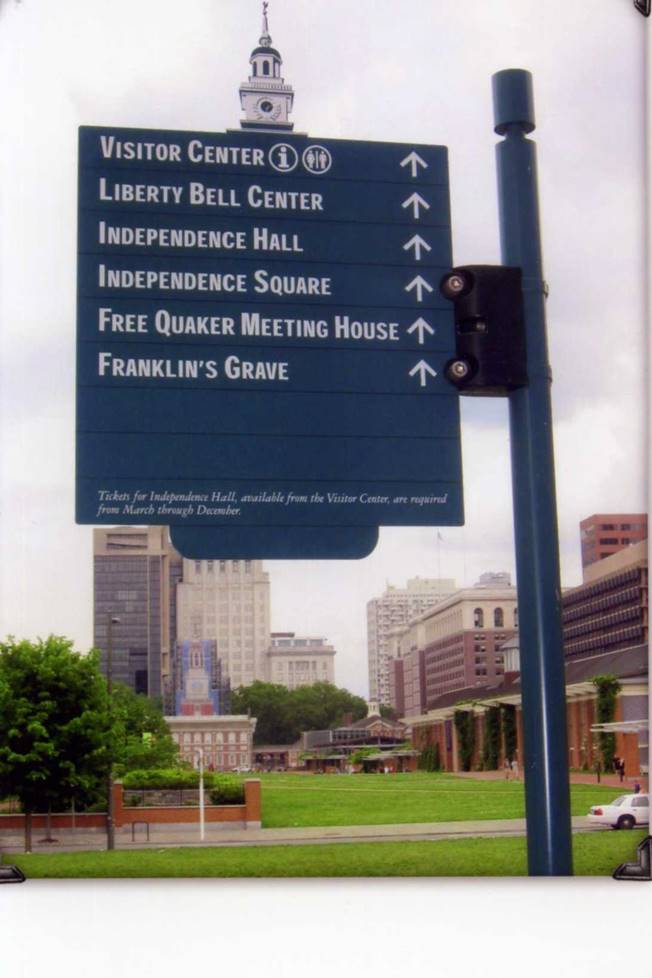

Company
K-1 Reunion in Pennsylvania…
DAY 2
Wednesday, 18 May
Car pool convoy to Longwood Gardens; lunch at the Longwood Cafe. {See
Part 1}
Optional Tours in the afternoon to Brandywine River Museum, Winterthur,
or the Hagley Museum.
Cocktails and dinner at the Historic General Warren Inn, Malvern, PA
|
|
Location:
Area:
979 acres (3.96 km2)
Governing body:
Private
Winterthur Museum and Country Estate
is an
American
estate and
museum
in
Winterthur,
Delaware,
now housing one of the most important collections of
Americana
in the country. It was the former home of
Henry Francis du Pont
(1880–1969), a renowned
antiques
collector and
horticulturist
whose
father,
Henry Algernon DuPont graduated from West Point in 1861, and grandfather, Henry
DuPont, Class of 1833).
Until recently, it was known as the "Henry Francis DuPont Winterthur Museum".
In the early 20th century, H. F. du Pont and his father,
Henry Algernon du Pont,
designed Winterthur in the spirit of 18th- and 19th-century European country
houses. The younger du Pont added to the home many times thereafter, eventually
moving to a smaller house on the estate when the main building became a public
museum in 1951.
Winterthur is situated on 979
acres
(4 km²), near
Brandywine Creek,
with 60 acres of naturalistic garden. There were 2,500 acres when it functioned
as a country estate.
Initially a collector of European art and decorative arts, H. F. du Pont
reported that it was
Electra Havemeyer Webb,
later the founder of
Shelburne Museum
in
Vermont,
who first interested him in American art and antiques through the paintings of
Charles Louis Heyde.
In 1929, he drew worldwide attention when he purchased a tambour desk, made and
labeled by
John Seymour,
Cabinetmaker in Boston, at Parke-Bernet auction galleries in New York for a
then-record sum for Americana in excess of $30,000. Subsequently, he became a
highly prominent collector of American decorative arts, building on the
Winterthur estate to house his collection, conservation laboratories, and
administrative offices.
There are 175 period-room displays in the museum and approximately 85,000
objects. Most rooms are open to the public on small, guided tours. The
collection spans more than two centuries of American decorative arts, notably
from 1640 to 1860, and contains some of the most important pieces of American
furniture and fine art. The Winterthur Library and Research Center includes more
than 87,000 volumes and approximately 500,000 manuscripts and images, mostly
related to American history, decorative arts, and architecture. The facility
also houses extensive conservation, research, and education facilities.
In the 1990s, more informal museum galleries were opened in a new building
adjacent to the main house where special rotating and permanent exhibits are now
housed. The museum also is home to the Winterthur Program in Early American
Culture and the Winterthur/University
of Delaware
Art Conservation program.
The museum is named after the sixth largest city in Switzerland--Winterthur.
See also:
http://en.wikipedia.org/wiki/Winterthur_Museum_and_Country_Estate
http://www.winterthur.org/?p=744
~~~~~~~~~~~~~~~~~~~~~~~~~~~~~~~~~~~~~~~~~~~~~~




























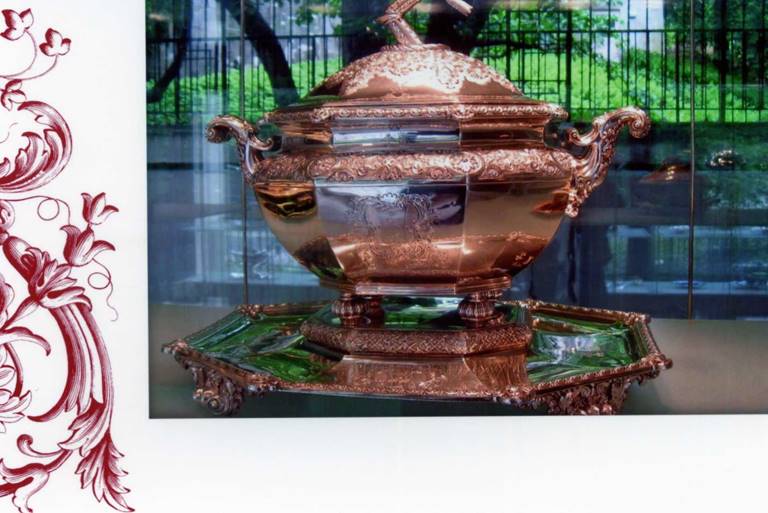

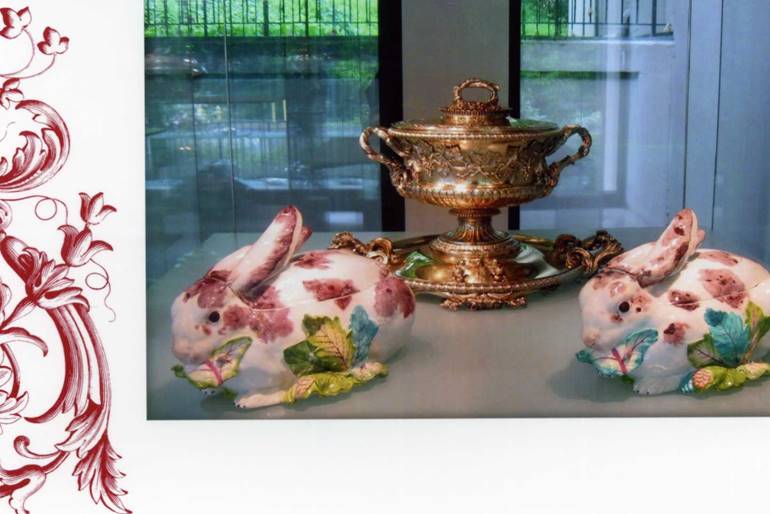

***********************************************************
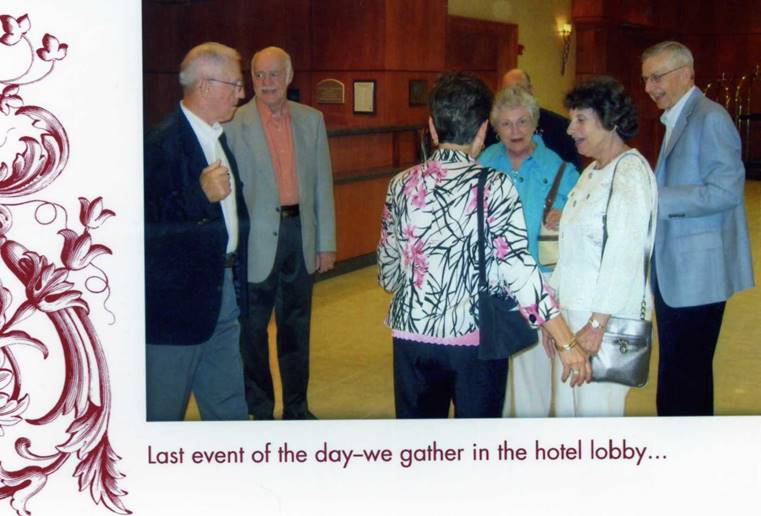

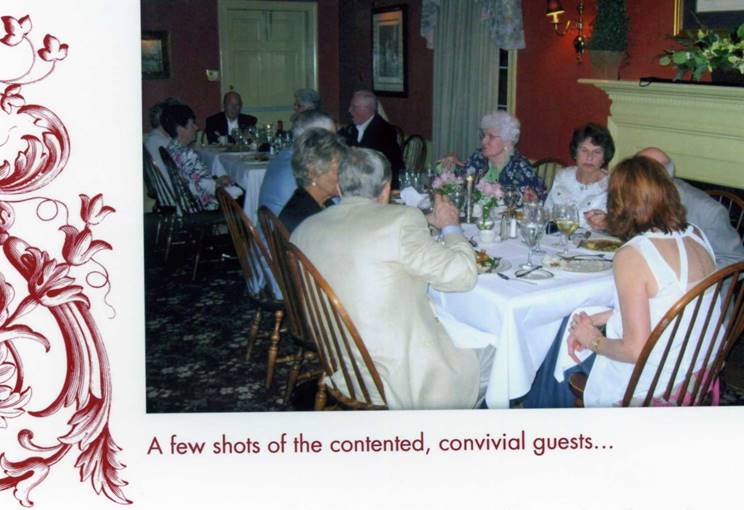

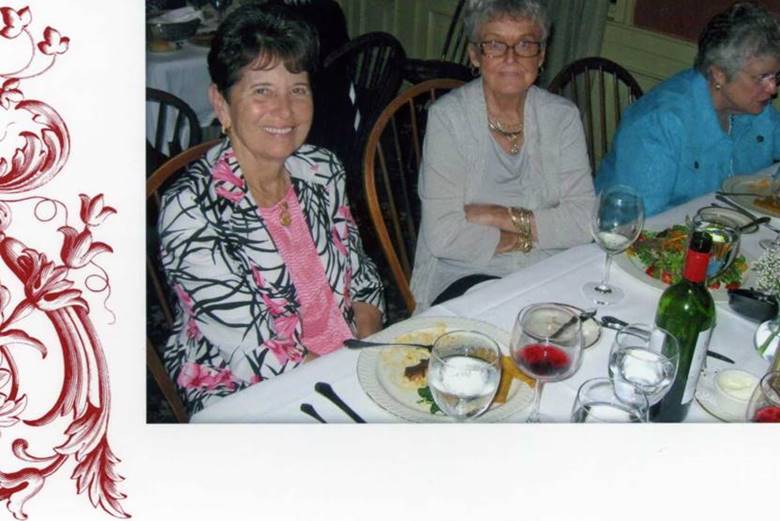

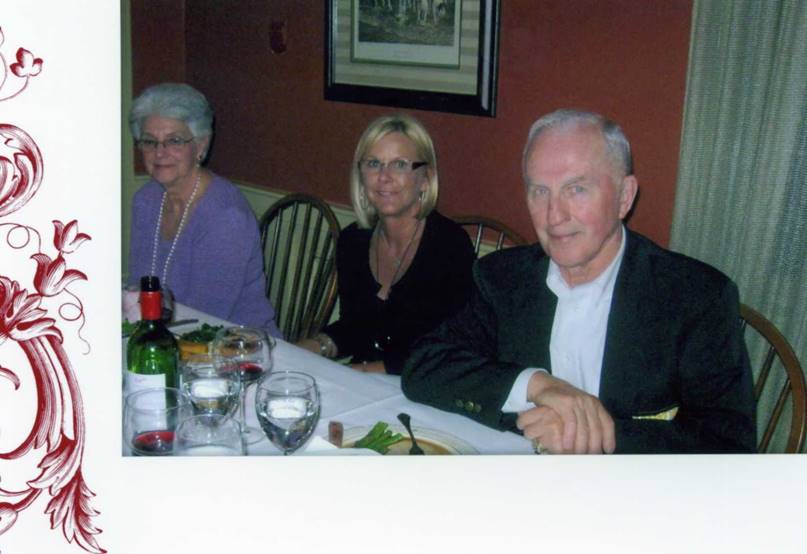

******************************************
